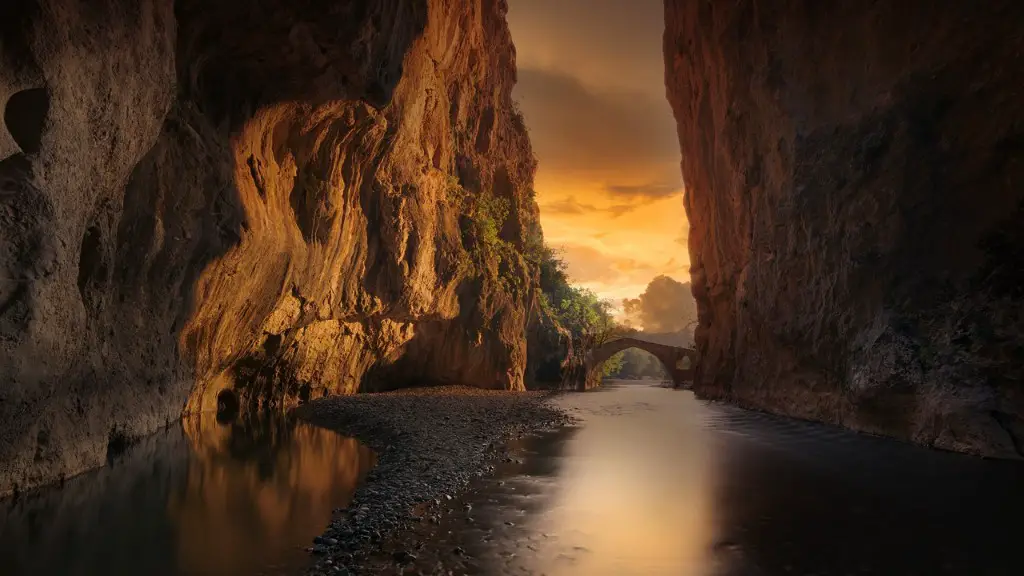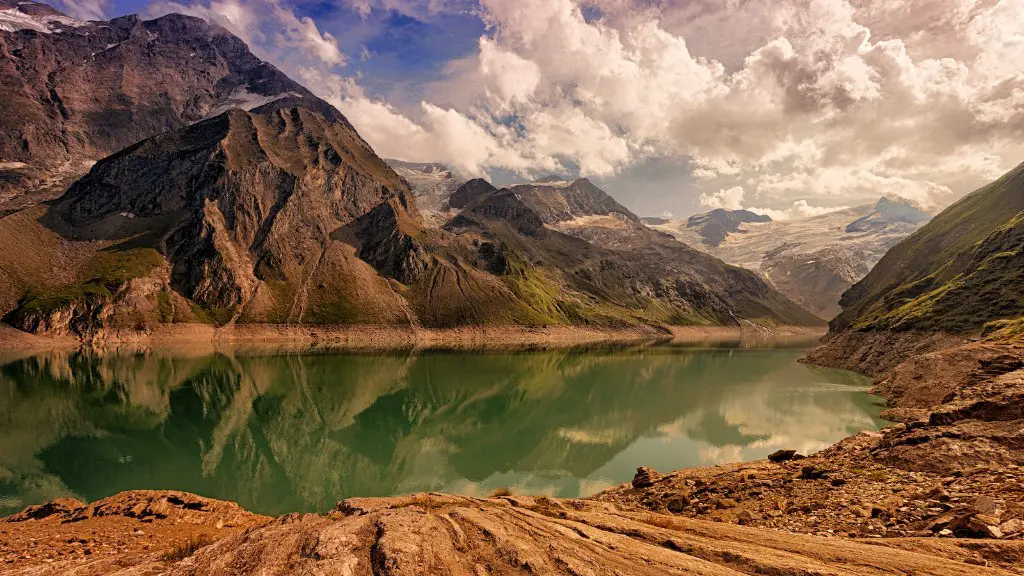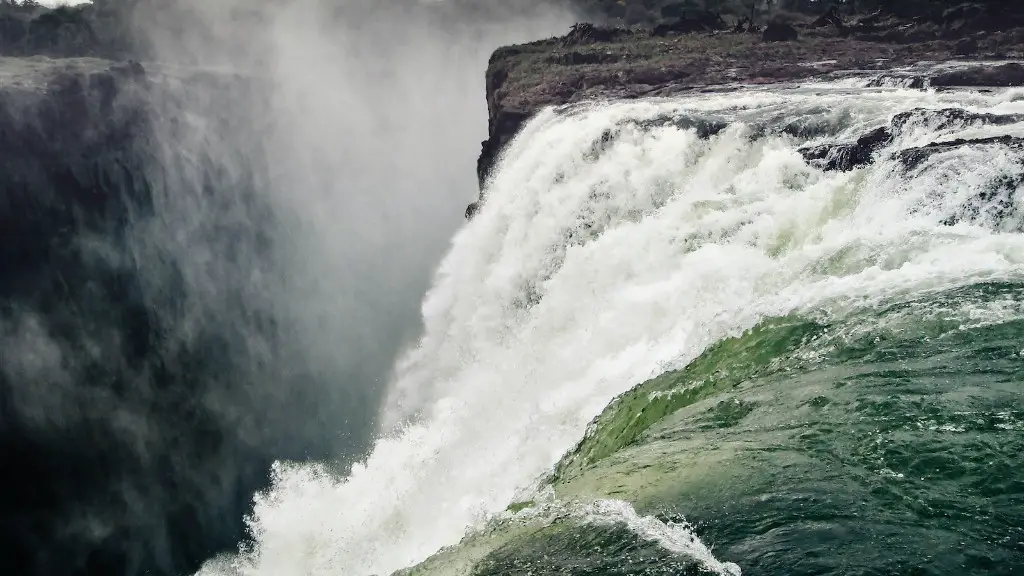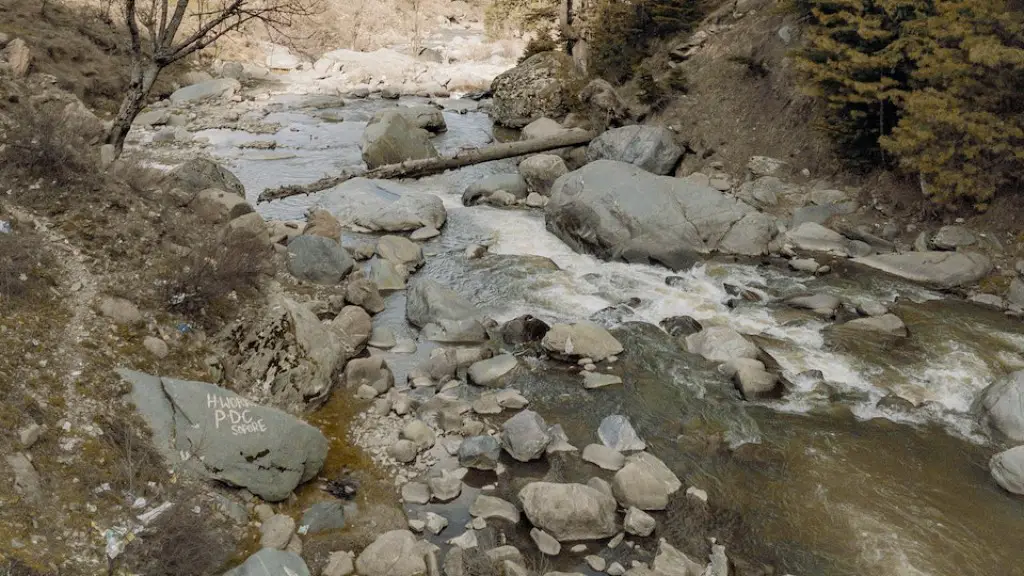What Rivers Feed into the Mississippi River
The Mighty Mississippi is one of America’s most iconic rivers, demonstrating the power of nature and connecting the country together. Stretching for nearly 3,000 miles, the Mississippi River has been a source of inspiration for centuries, not just in terms of its sheer might, but also economically since it is an essential transportation route. But what rivers feed into the Mississippi River?
The Mississippi River is fed by many rivers, with the most important rivers contributing in their own particular way. The main rivers which flow into the Mississippi include the Missouri River, which is the longest and most powerful; the Ohio River; the Arkansas River; the Red River; the Illinois River; and the St. Francis River. Together, these rivers combine to form the expansive Mississippi River. Each river not only contributes to the Mississippi’s impressive length and depth, but they also bring with them a variety of materials; silt, sand, and other vital nutrients, which still help to shape much of the US today.
One of the most impressive features of the Mississippi River is the way that these rivers all amalgamate together. The sheer force of the juncture of these different rivers into the prodigy of the Mississippi River is one that is hard to describe but never fails to impress. The biggest influences of the Mississippi River come from the Missouri and Ohio Rivers, which are its two major tributaries. It also receives a huge amount of water from the Illinois River and a smaller amount from the Arkansas River, Red River, and St. Francis River.
Missouri River
The Missouri River starts in the Rocky Mountains of the United States and winds its way through the Great Plains until it reaches the Mississippi. Throughout its journey, it is over 2,341 miles long which makes it the longest river in the US. The banks of the river were historically inhabited by the Missouri Indians, who then traded with other Indians and settlers as they made their way down the river. The Missouri is home to some of the biggest fish species in the country, including the paddlefish, and is estimated to hold around 120 species. It has been used as a means of transportation for many years, making it a lifeline for those who lived and worked along the banks.
Ohio River
The Ohio River is the largest of the major tributaries of the Mississippi River, it begins in the Appalachian Mountains and stretches for 981 miles until it meets with the Mississippi River in southwestern Illinois. Along its way, the Ohio River flows through the states of Pennsylvania, West Virginia, Ohio, Indiana, and Illinois. This river was also historically home to multiple Native American tribes, as well as providing transportation for settlers and European colonists. Today, the Ohio River is extremely important in terms of economic and recreational significance, providing drinking water to millions of people and supplying the surrounding areas with energy.
Arkansas River
The Arkansas River is one of the Mississippi River’s smaller tributaries, but it still plays an important part in the formation of the Mississippi. Starting off in the Rocky Mountains of Colorado, this river is 1,460 miles long and flows through the states of Colorado, Kansas, Oklahoma, and Arkansas before joining with the Mississippi. Along its way, the Arkansas River serves as an important water source for over 6 million people, as well as providing navigation opportunities for people and goods.
Red River
The Red River is one of the many smaller rivers flowing into the Mississippi, originating in the Texas Panhandle and extending for 1,290 miles until it reaches the Arkansas border where it meets the Mississippi. It is also known as the Red River of the South, as it flows south towards the Gulf of Mexico. The banks of the Red River can be treacherous as the river is known to experience extreme flooding, however, it is also home to many kinds of wildflowers and has been used for navigation by the local tribes for centuries.
Illinois River
The Illinois River is one of the main tributaries of the Mississippi, originating in the forests of Illinois and stretching for 273 miles before joining with the Mississippi. Along its route, the Illinois River serves as a vital source of drinking water as well as providing scenic views of the nearby forests and wetlands. Historically, the Illinois River has been used by Native American tribes for transportation and as a source of food. Today, the Illinois River is still used for transportation and recreation.
St. Francis River
The St. Francis River originates from the southern tip of the Ozark Mountains and flows southeast for 674 miles until it reaches the Mississippi. This river is home to a variety of animal species and serves as an important source of water for the surrounding areas. Before the construction of dams, the St. Francis River was incredibly unpredictable, often dropping dangerously low or rising to dangerous heights. Today, it is still an important source of water, however, it is kept in check by the various dams and reservoirs that have been built along its banks.
Mississippi’s Place in the US
The Mississippi River is one of the most important rivers in the United States. Its vastness and diverse contributions from the many tributaries that come together to form it have led to the development of a thriving economy, culture, and way of life along the banks of the Mississippi. From its major cities to small towns and communities, the Mississippi River provides sustenance for the people living along its banks. It is also an essential transportation route, allowing people and goods to move freely throughout the country.
Trade and Commerce
The Mississippi River is an integral component of the American economy. For nearly 200 years, the river has been used to transport goods and commodities, as well as providing an important source of raw materials and energy. From the vast amounts of grain and coal that are shipped down the Mississippi, to the many industrial centres that call the banks of the Mississippi home, the river has created millions of jobs and billions of dollars in revenue.
Tourism and Recreation
The Mississippi River is more than just a transportation route and an important source of commodities, it is also a destination for thousands of tourists, adventurers, and nature lovers. People come from all over the world to take in the beauty and history of the river, from lush forests and winding canyons to historic towns and cities that have been around for centuries. The Mississippi River is also a haven for outdoor recreation, from fishing and boating to camping and hiking.
Wildlife and Conservation
The Mississippi River is home to an incredible array of wildlife and is an important part of the ecosystem of the United States. This river supports a variety of different species, from immense fish like the paddlefish to smaller birds and insects. The banks of the river are also home to a large number of plant species, some of which are endangered or rare. With its immense size and geology, the Mississippi River is a keystone species, meaning that its presence is crucial for many other species to survive.
Environmental Impact
While the Mississippi River is an important part of the economy, tourism and recreational activities, it is also important to recognize the environmental impact of this great river. From the drainage of wetlands to the buildup of toxic materials and agricultural runoff, the Mississippi River is subject to many environmental pressures which can damage the water quality and lead to a decrease in biodiversity that supports the river’s life.
Conclusion
The Mississippi River is an iconic part of the United States and it is formed by the many tributaries and rivers that feed into it along its nearly 3,000-mile journey. From the Missouri River and the Ohio River, to smaller rivers like the Arkansas River, Red River, and St. Francis River, these rivers contribute to the beauty and power of the Mighty Mississippi. The Mississippi River and its tributaries support an immense amount of economic and recreational activities, as well as forming an important part of the ecosystem of the United States. The environmental impact of the Mississippi River, however, must not be forgotten, as the river is susceptible to many pressures which can lead to decreasing water quality and biodiversity.



